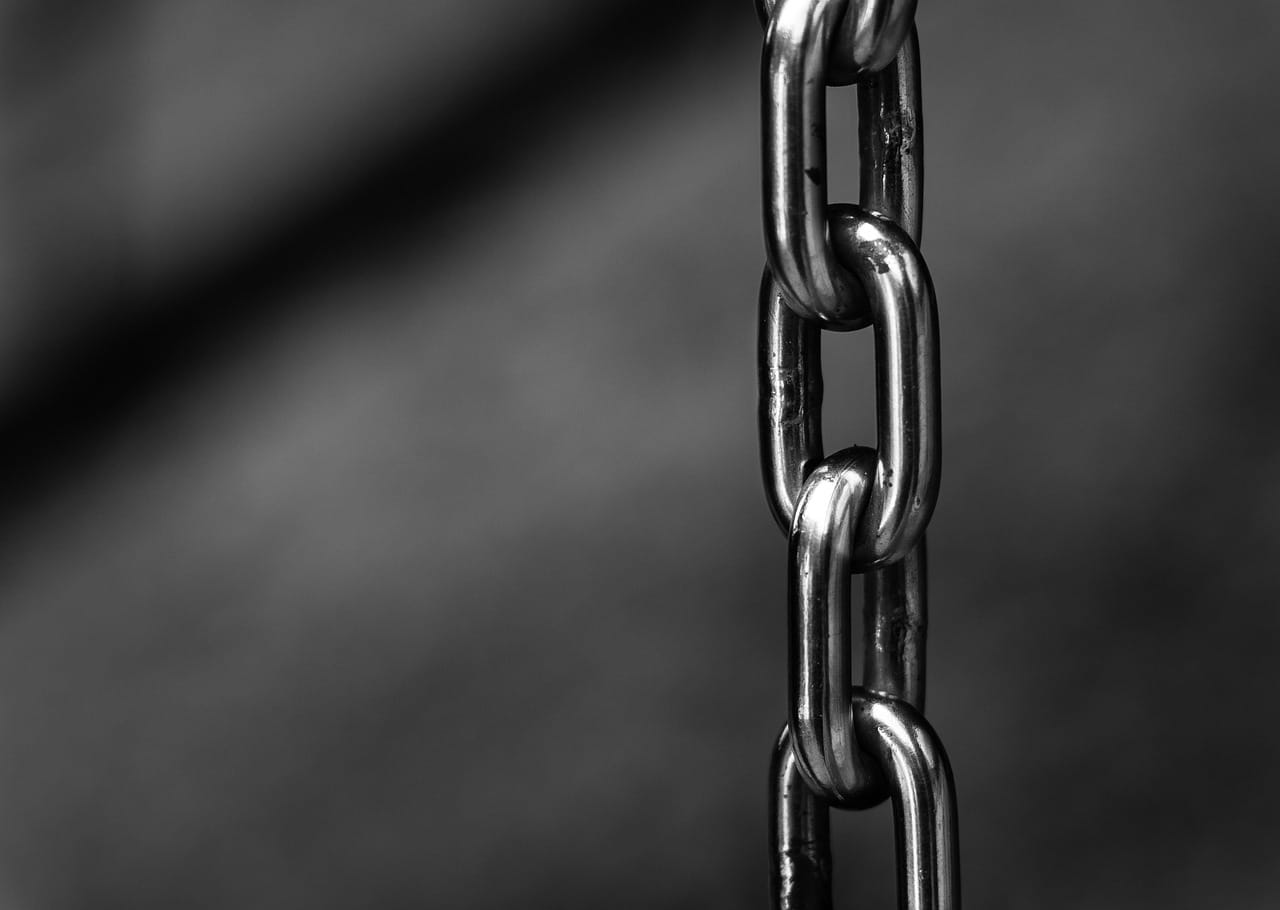In a new interdisciplinary study published in the Journal of the American Chemical Society, researchers report evidence for breaking an "iron law" of electrocatalysis.
Daiki Nishiori and Gary F. Moore, with the Biodesign Center for Applied Structural Discovery at Arizona State University, led the study that was done in collaboration with the Yale University Department of Chemistry.

Electrocatalysis is all about how special helpers, called catalysts, work with electricity. These helpers assist the movement of tiny particles called electrons (which have a negative charge) and sometimes particles called protons (which have a positive charge). Nearly everything around us depends on catalysts.
Summarized by the Argonne National Lab, "Catalysts break down paper pulp to produce the smooth paper in your magazine. They clean your contact lenses every night. They turn milk into yogurt and petroleum into plastic milk jugs, CDs and bicycle helmets. Catalysts speed up a chemical reaction by lowering the amount of energy you need to get one going."
However, electrocatalysts that are more effective in lowering energy input requirements also tend to have increased limits on the maximum speeds they can achieve. This tradeoff is referred to as an "iron law."
The new study describes breaking this traditional relationship using a special type of molecular catalyst called a fused di-iron porphyrin oxygen reduction catalyst. They design these catalysts so that electrons spread out across them, including around the important iron spots where the action happens.
Using the combined efforts of synthetic chemistry, physical measurements and computational analysis, this study improves understandings of structure-function relationships and enables designing better catalysts via leveraging bioinspiration coupled with human ingenuity.
You can read more about this publication here.
